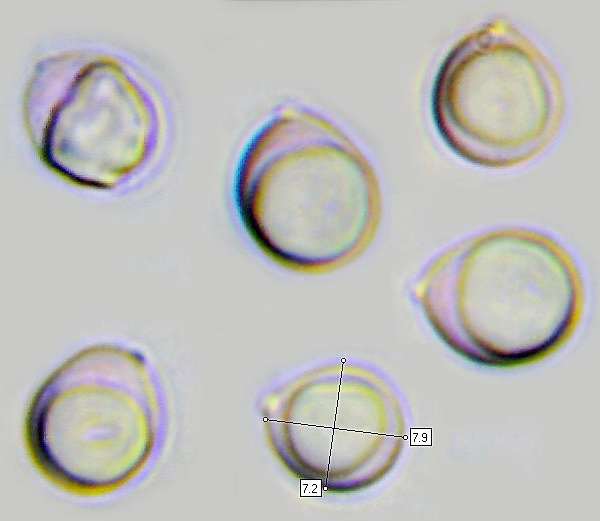Clavulina cinerea (Bull.) J. Schröt. - Grey Coral
Phylum: Basidiomycota - Class: Agaricomycetes - Order: Cantharellales - Family: Clavulinaceae
Distribution - Taxonomic History - Etymology - Identification - Culinary Notes - Reference Sources
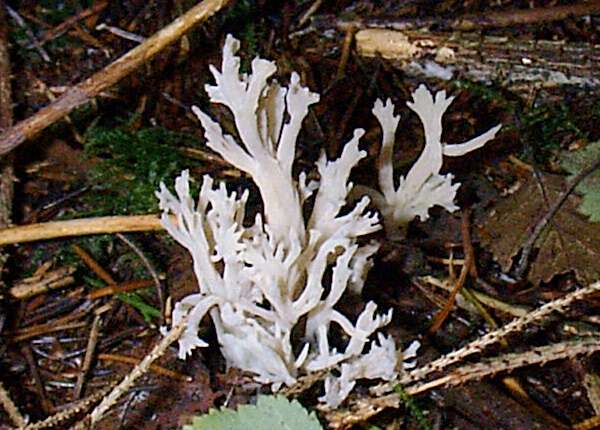
This grey coral-like fungus is often found growing beside footpaths in woodland during summer and autumn. The flattened, antler-like branches can be up to 10cm tall.
Distribution
Common in woodlands in Britain and Ireland, as well as most other other parts of northern and central Europe, Clavulina cinerea is also recorded in North America and in many other temperate parts of the world.
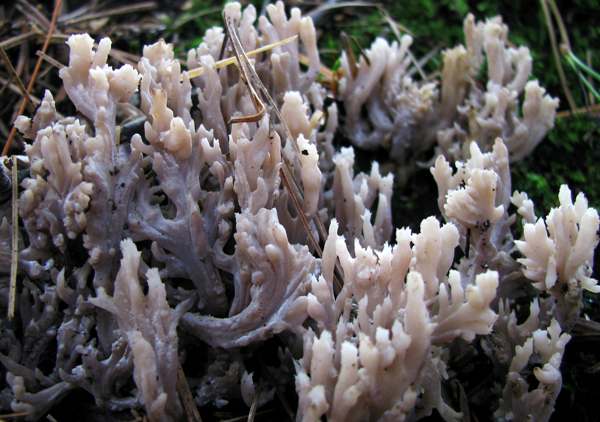
Look out also for a purple-tinged form of the same fungus (see above). The colour change is due to attack by Helminthosphaeria clavariorum, an ascomycete fungus which in some areas dominates to such an extent that the grey form is rarely if ever seen.
Taxonomic history
Grey Coral was described in 1788 by French mycologist Jean Baptiste Francois (Pierre) Bulliard, who named it Clavaria cinerea. In 1888, German mycologist Joseph Schrötter (1837 - 1894) transferred this species to the genus Clavulina, thereby establishing its currently-accepted scientific name Clavulina cinerea.
Synonyms of Clavulina cinerea include Clavaria cinerea Bull., Clavaria grisea Pers., Ramaria cinerea (Bull.) Gray, Clavaria fuliginea Pers., Clavulina cinerea f. cinerea (Bull.) J. Schröt., Clavulina cinerea var. cinerea (Bull.) J. Schröt., and Clavaria cinerea var. gracilis Rea.
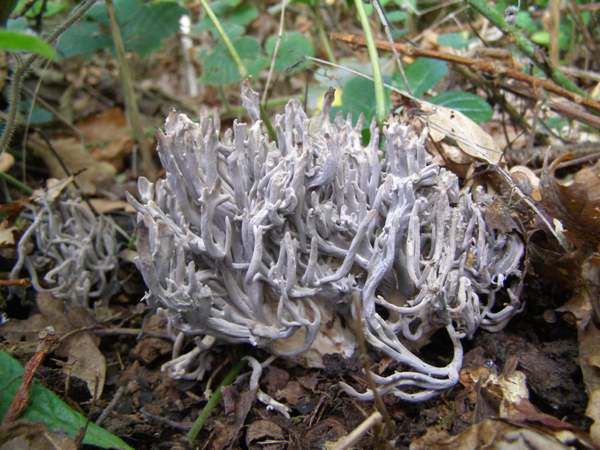
Etymology
The specific epithet cinerea means smoky or ashen (greyish, as in cinders).
Identification guide
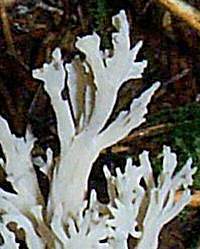 |
FruitbodyAsh grey or grey-brown, occasionally tinged with lilac, this very coral-like fungus has flattened branches with rounded ends rather than forked sharp tips. The whole fruitbody is 3 to 10cm tall, and usually of similar or slightly smaller width, with individual stems typically 6 to 10mm across their major diameter. |
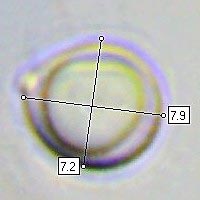 |
SporesBroadly ellipsoidal to subglobose, smooth, 6.5-11 x 6-10µm; inamyloid. Spore printCreamy white. Basidia2-spored. |
Odour/taste |
Earthy or mouldy odour; taste mild but not distinctive. |
Habitat & Ecological role |
Considered to be mycorrhizal; on the ground beneath deciduous trees as well as conifers; usually where there is a build up of leaf litter. |
Season |
July to November in Britain and Ireland. |
Similar species |
Clavulina rugosa is smaller with one or just a few club-like branches nearly always with blunt tips. |
Culinary Notes
Clavulina cinerea is reported to be edible, but this insubstantial woodland fungus is of no significant culinary value.
Reference Sources
Fascinated by Fungi, 2nd Edition, Pat O'Reilly 2016, reprinted by Coch-y-bonddu Books in 2022.
Dictionary of the Fungi; Paul M. Kirk, Paul F. Cannon, David W. Minter and J. A. Stalpers; CABI, 2008
Taxonomic history and synonym information on these pages is drawn from many sources but in particular from the British Mycological Society's GB Checklist of Fungi.
Acknowledgements
This page includes pictures kindly contributed by Simon Harding and Doug Holland.
Fascinated by Fungi. Back by popular demand, Pat O'Reilly's best-selling 450-page hardback book is available now. The latest second edition was republished with a sparkling new cover design in September 2022 by Coch-y-Bonddu Books. Full details and copies are available from the publisher's online bookshop...
